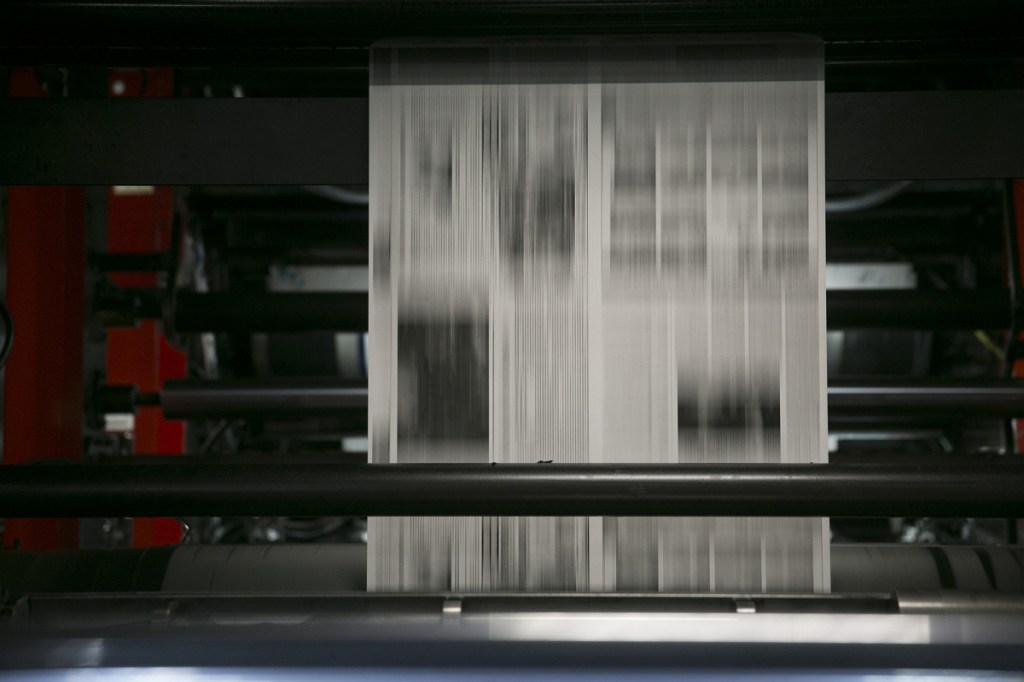I write in response to your Feb. 21 editorial – “Our View: Landmark 1964 Supreme Court case protects a free press” – and your remarks about Justice Clarence Thomas’ proposal to reconsider the case.
While you make interesting comments regarding history, it is not altogether relevant to the world today.
The New York Times still proclaims that it publishes “all the news that’s fit to print,” but the days are long gone when they tracked down the content for accurate and truthful reporting, and, importantly, refused to print that which they could not track down, as well as that of dubious, unsubstantiated accuracy.
Social media and other “news” sources have adulterated this process, so the Times, and others, feel compelled to print news “products” that are being aired by the array of competitor news outlets.
Some of these reports turn out to have been entirely fabricated, or twisted in interpretation, and some of the results are indeed harmful to the targets, often unfairly as well as inaccurately. I cannot give the reporting organizations a pass if they continue to claim to print only what readers may rely upon as truthful and accurate, and this reporting, because it isn’t and hasn’t been checked, does real harm to someone wrongly reported.
People have relied upon newspapers for reliable reporting, but perhaps that should now be replaced by disclaimers.
John Scully
Falmouth
Send questions/comments to the editors.



Success. Please wait for the page to reload. If the page does not reload within 5 seconds, please refresh the page.
Enter your email and password to access comments.
Hi, to comment on stories you must . This profile is in addition to your subscription and website login.
Already have a commenting profile? .
Invalid username/password.
Please check your email to confirm and complete your registration.
Only subscribers are eligible to post comments. Please subscribe or login first for digital access. Here’s why.
Use the form below to reset your password. When you've submitted your account email, we will send an email with a reset code.